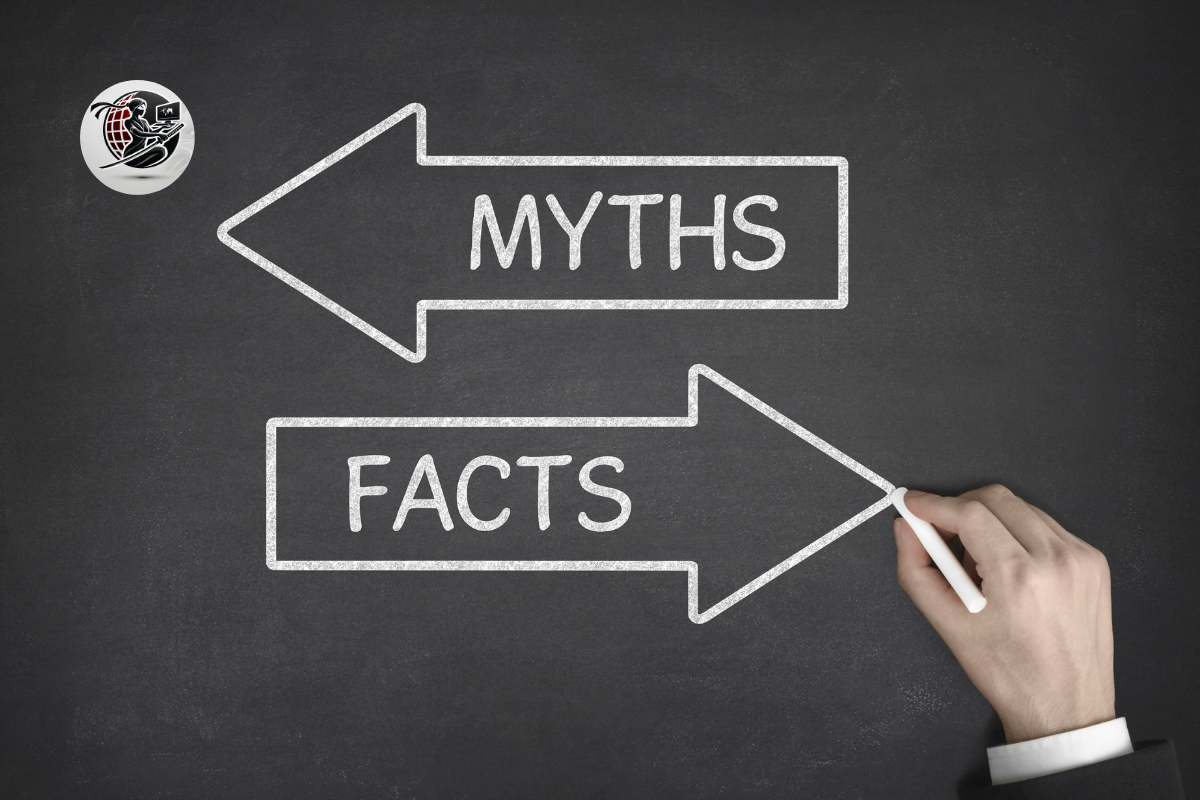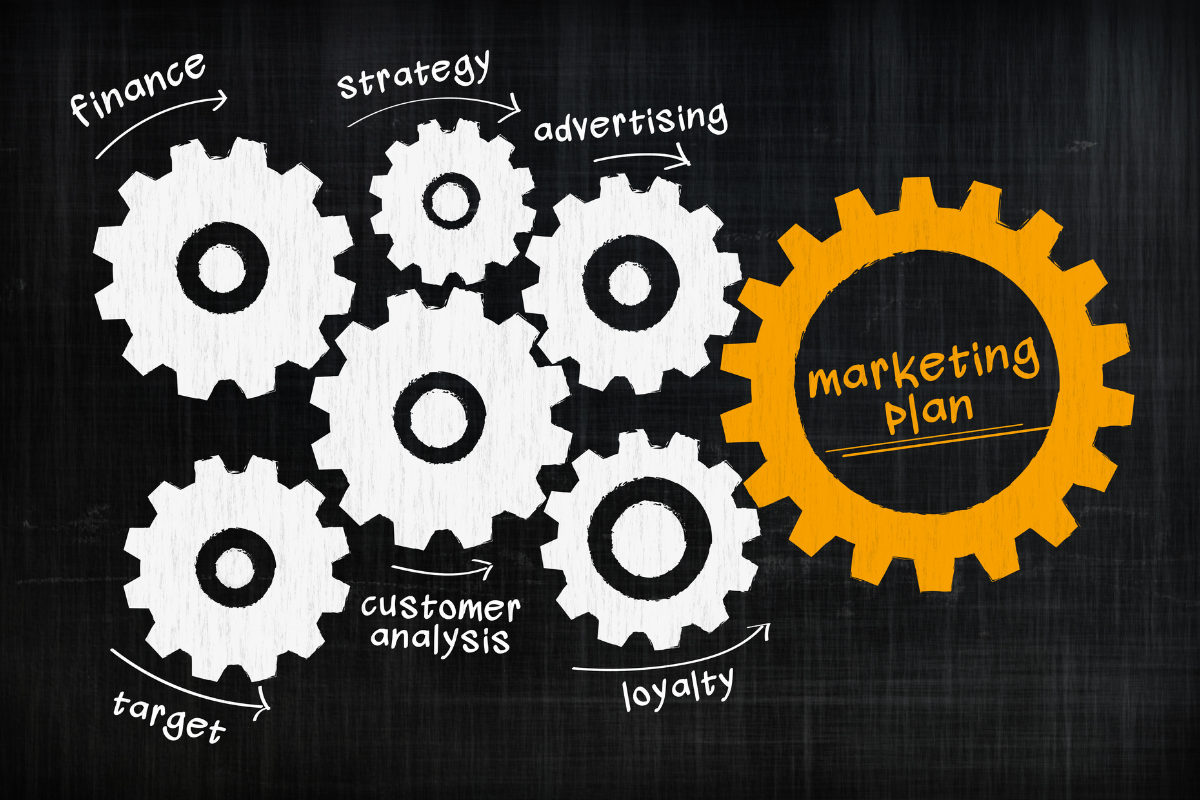Have you ever poured your heart into a blog post, a social media caption, or an email, only to get no clicks, no comments, no inquiries—just a soul-crushing silence?
If you’ve been there, I’ve got news for you: It’s not you. Well, not entirely. It’s your content and the way it’s missing the mark with your audience.
Creating content that converts isn’t about being the wittiest writer or having the flashiest graphics. It’s about understanding your clients… deeply. And for life coaches, this means tapping into their pain points and desires like your business depends on it (because, let’s face it, it does).
The Moment I Realized I Was Missing the Mark
Let me take you back to the early days of my business when I thought “inspirational” was the same as “compelling.” I’d post quotes like, “Believe in yourself, and you’re halfway there!” complete with a dreamy background of sunsets or flowers for Motivational Monday or Sunday Self-Care posts. Nothing happened. My stats did not improve.
It wasn’t until a client’s offhand comment changed everything. She said, “You know what I love about your services? You actually help me save a lot of time and money. You tell me straight to my face what works and what doesn’t and not try to upsell me anything just to get more money out of me.” That was my lightbulb moment. I wasn’t showing my audience that I got them—not in my content, anyway. I was throwing positivity at them like confetti, but what they needed was affordable and quality digital marketing and/or virtual assistant services.
Pain Points are the Gateway to Connection
Here’s the thing about pain points: They’re uncomfortable. Not just for your clients but for you, too. It can feel like you’re poking at someone’s wounds, but in reality, you’re showing them you understand. And that’s what builds trust.
Think about your ideal client. Maybe they’re exhausted moms trying to keep it all together. Or they’re professionals who’ve climbed the corporate ladder only to realize it’s leaning against the wrong wall. What keeps them up at night? What are the fears they’re too embarrassed to admit out loud? That’s where you start.
When you speak directly to these pain points, your content shifts from “fluff” to “focused.” It becomes a mirror that reflects your audience’s struggles, and they’ll think, “Wow, this person really gets me.”
But Don’t Stop at Pain Points…
Pain points might get people to lean in, but desires? Desires are what make them take action. Once you’ve acknowledged their struggles, paint a picture of what’s possible. What does their ideal life look like? How would it feel to finally ditch that soul-sucking job or set boundaries without guilt?
Do this: Pair the pain with the desire. For example:
- Pain: “You’re juggling a thousand responsibilities and feel like you’re failing at all of them.”
- Desire: “Imagine waking up every day with clarity, confidence, and a plan that actually works for you.”
When you tie these two elements together, you’re not just showing empathy; you’re offering hope.

The Framework for Conversion-Driven Content
Let’s get tactical. Here’s a simple framework you can use to create content that resonates:
1. Start with a Hook: This could be a provocative question, a bold statement, or an anecdote that grabs attention. For example: “Why is it that every time you try to set boundaries, you end up feeling guilty instead of empowered?”
2. Acknowledge the Pain: Be specific and relatable. Use the language your clients use. This is not the time for polished marketing speak.
3. Offer the Transformation: Paint a vivid picture of their desired outcome. Use sensory details if possible—how it looks, feels, and even smells.
4. Present the Path: This is where you position your offer, whether it’s a free resource, a discovery call, or your coaching program.
5. End with a Call to Action: Make it clear and compelling. Avoid generic phrases like “Click here” and go for something engaging like “Let’s create a life you love. Book your free call today.”
Why Your Story Matters
If you’re thinking, “But what about my experiences?” Don’t worry, they matter, too. In fact, sharing your own struggles and breakthroughs can make your content even more powerful. Just remember, it’s not about you; it’s about how your story relates to your audience’s journey.
For example, I often share how I went from spinning my wheels with generic content to shifting my focus to client pain points and desires. This isn’t just about credibility; it’s about showing my audience that change is possible.
Is Emotional Marketing Ethical?
Does focusing on pain points feel manipulative? It doesn’t have to be. The key is intention. Are you highlighting their struggles to genuinely help or just to make a sale? If your goal is to serve, you’re on solid ground.
One way to ensure you’re ethical is to always pair pain points with empowerment. Don’t leave your audience in despair; show them the way forward.
The Payoff
When you write with your clients’ pain points and desires in mind, you’re not just creating content; you’re creating connection. And that connection is what leads to conversions. Because at the end of the day, people don’t buy coaching; they buy solutions. They buy hope. They buy a better version of themselves.
So the next time you sit down to create content, remember that it’s not about being clever or catchy. It’s about being real, relatable, and relentlessly focused on your audience. And if you can do that? The clicks, comments, and clients will follow.
Now, go forth and write like the empathetic, brilliant coach you are. Your clients are waiting.







